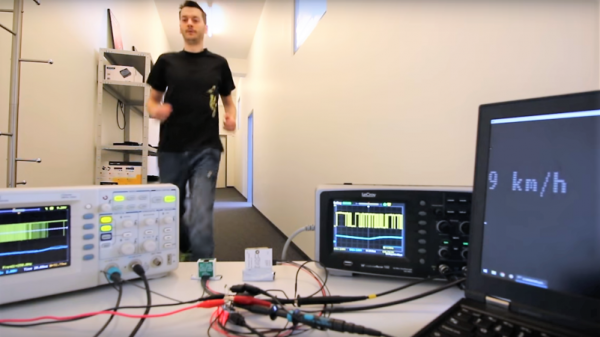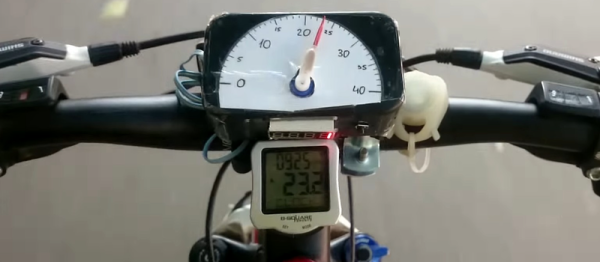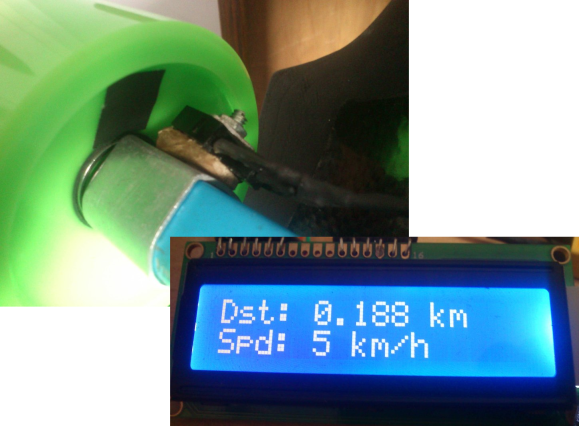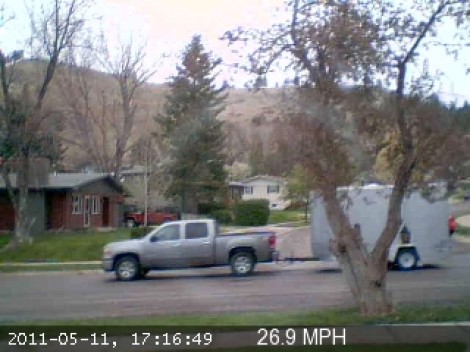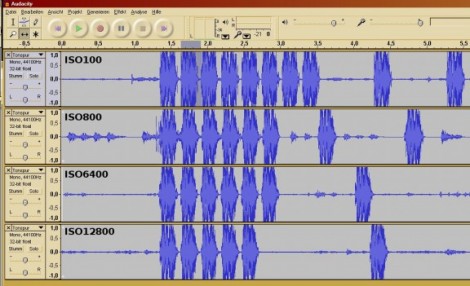You may not realize it, but how fast a person walks is an important indicator of overall health. We all instinctively know that we lag noticeably when a cold or the flu hits, but monitoring gait speed can help diagnose a plethora of chronic diseases and conditions. Wearables like Fitbit would be one way to monitor gait speed, but the Computer Science and Artificial Intelligence Lab at MIT thinks there’s a better way: a wireless appliance that measures gait speed passively.
CSAIL’s sensor, dubbed WiTrack (PDF), is a wall-mounted plaque that could be easily concealed as a picture or mirror. It sends out low-power RF signals between about 5- and 7-GHz to perform 3D motion tracking in real time. The WiTrack sensor has a resolution of about 8 cm at those frequencies. With their WiGait algorithms (PDF), the CSAIL team led by [Chen-Yu Hsu] is able to measure not only overall walking speed, but also stride length. That turns out to be critical to predicting the onset of such diseases as Parkinson’s, which has a very characteristic shuffling gait in the early phase of the disease. Mobility impairments from other diseases, like ALS and multiple sclerosis, could also be identified.
WiTrack builds on [Hsu]’s previous work with through-wall RF tracking. It’s nice to see a novel technique coming closer to a useful product, and we’ll be watching to see where this one goes.
Continue reading “Measuring Gait Speed Passively To Diagnose Diseases”


